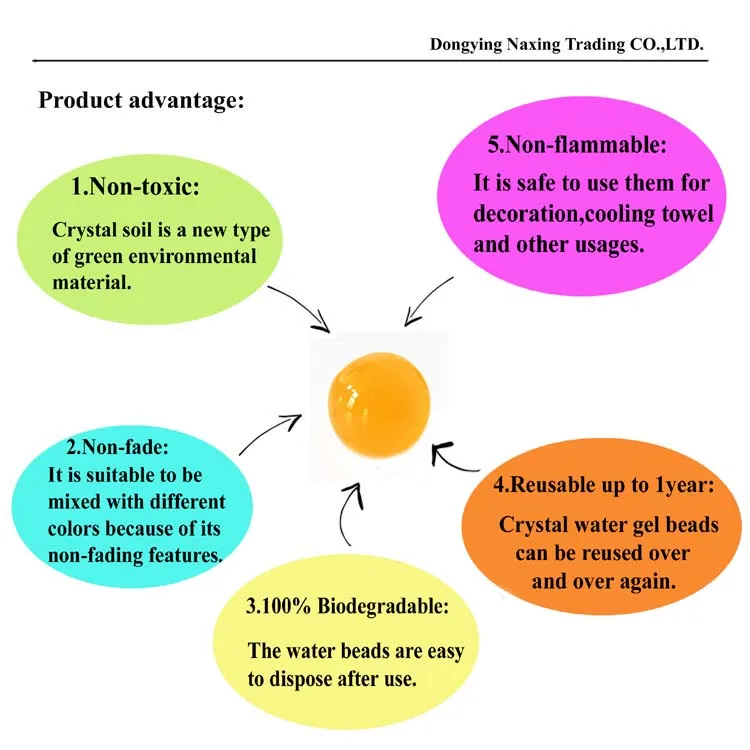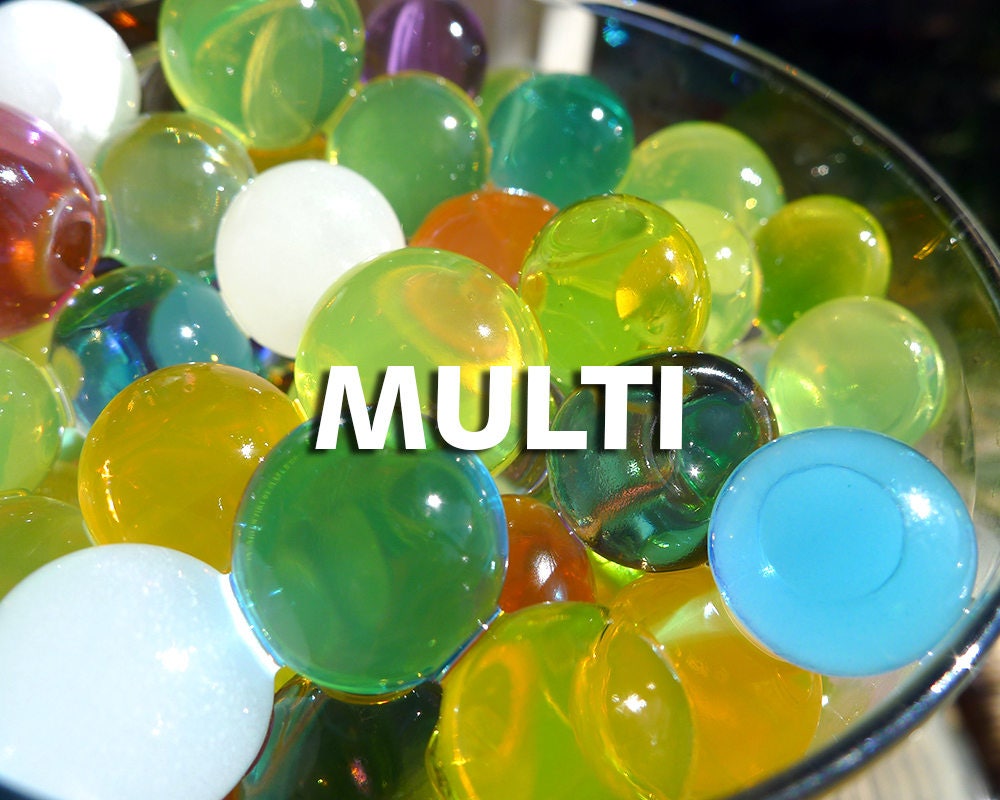
The saltwater water passes through the beads in an effort to balance the concentration of water and salt in the beads and in the beaker. The solution in the saltwater beaker contains water and salt. Osmosis is the movement of water through a membrane (such as the beads) to achieve equilibrium, or balance. Water beads are also popular for use in floral arrangements and planting soil.īut why are the beads in the saltwater solution so much smaller than the ones in the tap water? The answer has to do with osmosis. That’s because the polymers inside the lining expand as they absorb liquid-just like your water beads! Unlike these round SAPs, the kind in diapers is in powder form. This type of polymer is a lot like the kind used in disposable diapers! If you’ve spent much time around a baby, you might have noticed how much bulkier diapers get when they’re wet.

Absorption is the process in which one things soaks up another. These polymers are unique because of their superabsorbency.

Fabrics such as rayon and polyester, polystyrene (used in styrofoam coffee cups), and PVC (used in pipes) are common examples of these artificially-occurring polymers. Polymers are very large molecules, formed by repeated patterns of chemical units strung together. While you may be unfamiliar with the word polymer, you’ve encountered them many times in your life! Bone, horn, cotton, silk, rubber, paper, and leather all come from naturally-occurring polymers! There are manmade polymers, as well.

Water beads are what’s known as a superabsorbent polymer (SAP). Have an adult carefully pour off the excess water so you can further play and experiment with the water beads.


 0 kommentar(er)
0 kommentar(er)
